17 seriously useful drum tuning tips
How to tune your bass, snare and toms
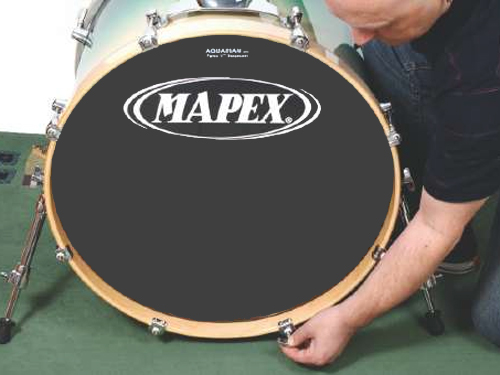
Tuning drums efficiently while promoting tone, resonance and projection can be a complicated affair, but our essential guides to bass, tom and snare tuning will give you the tools you need to get started.
Now, for those who've mastered the basics (or think they have, at least), we've put together 14 tuning tips as a reference guide. It's split into the three aforementioned categories for easy browsing, so, you can dip right in and get started…
Bass drum tuning
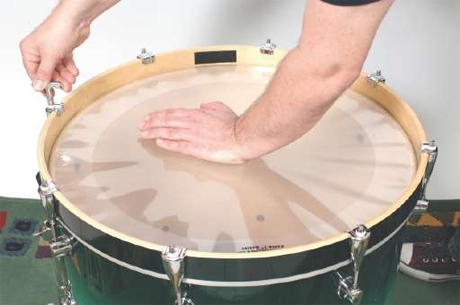
1. Don't be afraid to stretch the skin
When seating the bass drum head, be prepared to really stretch it out before tuning. If you do decide to go with the standing approach, use some common sense - consider your size and the design of your bass drum (ie shell thickness).
2. Wear flat shoes
Make sure you use smooth-bottomed shoes, or better still, no shoes at all!
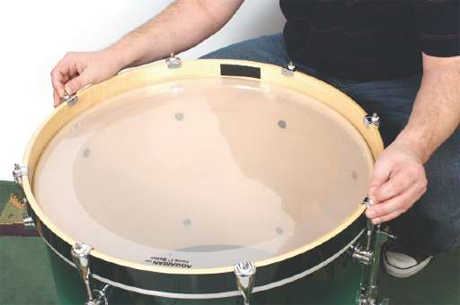
3. Tune little and often
When tuning the front head, increase tension in very small increments. Try using a quarter or a half of a turn at a time, no more.
4. Go easy on dampening
For most playing styles, try starting with lightly pre-damped single-ply heads (ie some kind of light pre-installed muffle ring), front and back. Quite often this is all the damping you'll need.
5. Try a pre-made device…
For recording purposes, where you often use more than one mic, an effective alternative to towels can be one of the small but light pre-made bass drum muting devices, such as those from Protection Racket or Evans.
Get the MusicRadar Newsletter
Want all the hottest music and gear news, reviews, deals, features and more, direct to your inbox? Sign up here.
6. …but position them carefully
However, if these are used, make sure they are placed in such a way as to just rest against the head, not pushed up against it as this will dampen the tone too much.
Tom tuning
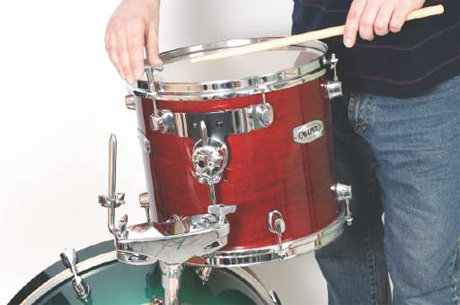
7. Tune the batter head lowest
Whatever style and sound you are trying to achieve, generally a drum will sound best if the batter head is tuned lower (slacker) than the resonant head.
8. Start at the bottom (head)
If you find the overall pitch too low, go back to the bottom head and take it up another pitch level, return to tuning the top head and it will come back into tune with the bottom after a few turns of the rods.
Next page: more tom tips, snare drum essentials
9. Re-tighten the rods
Whenever detuning or loosening a rod, always end the movement with a slight re-tightening. This enables the rod to 'bite' and hold while getting the others sorted.
10. Try using a stool as your tuning base
It's a great way to dampen the batter head while working on the resonant head and you can (normally) spin the drum round as you go.
11. Take the tuning up a notch or two
This really does aid projection and tone.
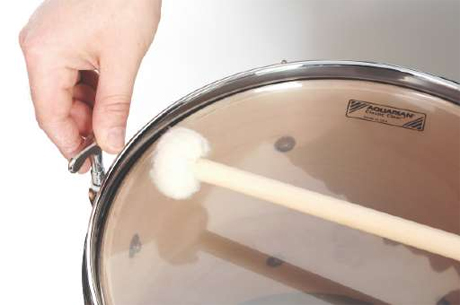
12. Use NO dampening on toms
If your drums are well tuned and with the correct head choices, there really should never be a need for additional dampening - especially not in a live playing situation. No gaffer, no o-rings and absolutely no pillows, towels or other such stuff.
13. Choose your heads carefully
Think about the drum sizes you have and the sound you are thinking about in your head. As a general rule, the thinner the head the more resonant it will be and it will tend to favour higher pitches. Thicker heads will usually offer less 'ring' and favour lower frequencies - here's our buyers' guide to single-ply batter heads to get you started.
14. Mix the batter head types
If you want a lively, open sound that is not too aggressive, try using single-ply coated heads instead of clear. Also, don't be afraid to mix the batter head types - for example, single medium weight heads on rack toms, and perhaps single-ply with built-in damper or two-ply heads for floor toms.
Snare drum tuning
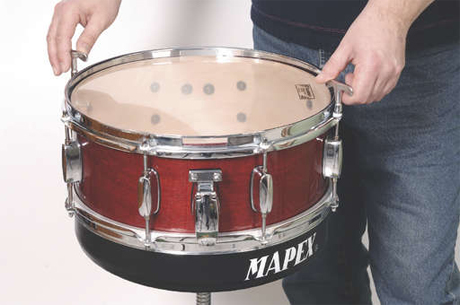
15. Combine different heads, tuning
If you want a tight and crisp sound with sensitivity, use a combination of heads and tuning. Get the bottom head very tight, tune the top a third or a fifth lower.
16. Keep wires loose
Remember to keep the snare wires moderately loose as a matter of course. Not rattly, but not too tight.
16. Try an unmuffled batter head
If you are after a big thunderous sound, then try an unmuffled batter head with medium tension. Use the snare side head to set a perhaps lower pitch and tune the top head to allow a nice open attack with good sustain.
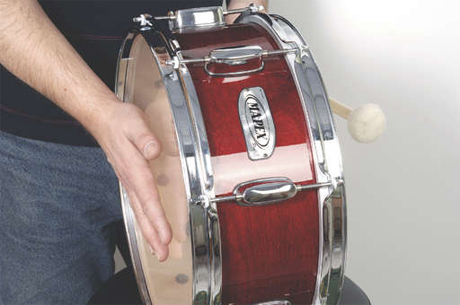
17. Choose your snare carefully
There are almost as many desirable sounds from snare drums as there are types, so picking the right drum in the first place will go a long way to achieving the sound you are after. Obvious, but often overlooked - here are our buyers' guides to budget, mid-price and British custom built snare drums to get you started.
Liked this? Then try:
14 simple steps to tuning your snare drum
How to build your own studio in 11 easy steps
The 17 most outrageous drum kits on the internet
Sign up for our free weekly newsletter
The free MusicRadar newsletter serves up the week's biggest artist and product news stories alongside exclusive tuition and gear reviews. Sign up here!
Follow MusicRadar on Twitter
Get instant updates and bonus content plus chat with the team. Start here!
“I’m sorry I ruined your song!”: Mike Portnoy hears Taylor Swift's Shake It Off for the first time and plays along... with surprising results
“Nile's riff on Get Lucky is a classic example of a funk riff, where the second of each 16th-note duplet is slightly delayed”: Locking down the theory of groove









